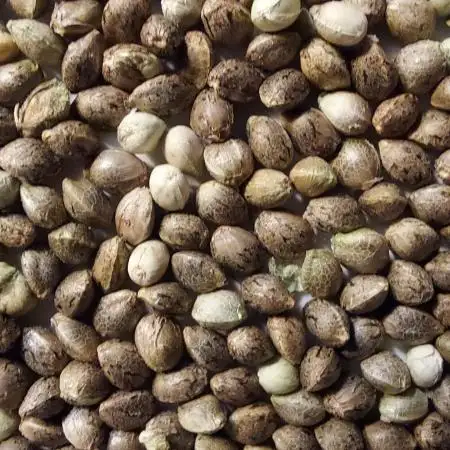The Grow Awards 2026 🏆
Soil PH
MarkDDstarted grow question 2y ago
How would you use these to determine soil PH and what would you use to adjust it to proper levels?
What are the proper levels?
Open
likes
Answer
Scrubbyjimbobanswered grow question 2y ago
I'm not a big fan of the strips and drops. Sometimes they're hard to read, especially when solutions tend to be stained from ferts and runoff muddied by soils. You can order a digital pH pen for like ten dollars(US) that makes life much simpler.
likes
Complain
modmyplantsanswered grow question 2y ago
Die sind zum Testen von Flüssigkeiten, du kannst somit nur Wasser das du gießt oder welches das abläuft messen.
Ablaufendes Wasser sagt dir mehr aus, kann aber erst gemessen werden wenn deine Pflanzen groß genug sind, sodass du bis Überfluss unten gießt. So ca 30-50cm, abhängig von der vorhandenen Erdmenge. Sonst kannst du deine fertige Düngerlösung/Gießwasser messen, um zu wissen wie viel du dazu gibts. Musst dann bedenken, dass in der Erde viele organische Nährstoffe sind, und auch überschüssiger Dünger von vorherigen Fütterung der den pH senkt.
Optimal ist mMn 6,2-6,5, würde aber aufgrund der organischen Nährstoffe im Boden+Düngerablagerungen so 6,7-7.2 gießen. Aber glaub bei den Zahlen scheiden sich die Geister und ist auch Setup-abhängig, sollten aber reichen zur Orientierung.
likes
Complain
Mooncatanswered grow question 2y ago
These wont get you far determining the Soil PH they are more for the liquid types.
likes
Complain
00110001001001111Oanswered grow question 2y ago
In future, if this is hard to read, get the 4-color one and it's easier to differentiate the colors.
You can do 2 things. Dip it into runoff -- try to be consistent with how much runoff you get and when you dip it in. Sooner will be dirtier and more elevated EC and possibly a different pH than what is actually in the substrate -- this will always be true with runoff, but if you take th emeasurement in the same way and form a good baseline while the plant is healthy, you know a "safe" range even if it isn't what you expect it to be based on how youfeed or what 'they' say it should be in the rootzone. Runoff is always offset.
Soil slurry -- same drawbacks. Awlays an offset and that offset depends heavily on your method. Don't take soil from the very top, as no roots shoudl be in the top 1-2" anyway and if they are tehy are ineffective roots most of the time due to exposure to light.
So, always take a same amount of substrate, always add the same volume of known pH'd water to it to make a slurry. 7.0 pH is wise to use. Expect it to read a bit higher than reality of the substrate in this context. (runoff above is likely more acidic than the root zone is, so this is opposite in most cases, since the substrate should be slightly acidic to start)
this is as much art as science. Be consistent with how you take readings and that will help a lot - even if you don't do it exactly like i suggested. you need to learn what "normal" is before reacting to these readings. Hopefully you can see what is normal with a very happy plant over a long period of time to form a proper baseline to compare to.
likes
Complain





